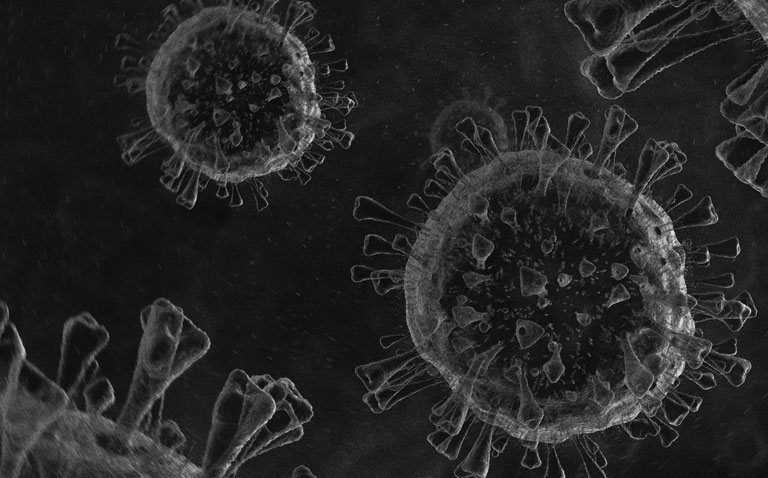It is not entirely clear if infection with COVID-19 provides enough protection to prevent further re-infection.
One preprint study in the UK suggests that the risk of reinfection is significantly reduced after the initial infection. Nevertheless, despite this, some case studies show how patients can become re-infected. In trying to provide greater clarity on the prevalence of reinfection, a group of researchers from the Department of Infectious Disease and Epidemiology and Prevention, Stens Sertum Institute, Copenhagen, Denmark, turned to individual patient-level data on infection rates during the first wave of the virus and compared this to results in the second wave. The testing information was person identifiable and obtained from the Danish Microbiology Database which also captured demographic details derived from the civil registry system. The researchers included all people in the country with a positive or negative PCR test from the first wave and who were followed through the second wave, enabling them to identify which individuals had become reinfected.
Findings
During the first wave, 533,381 people were tested, of whom 11,727 (2.2%) were positive. Excluding patients who died (of any cause) and 610 individuals who tested positive between the two waves of infection, 525,339 remained and were followed up in the second wave. Within this cohort, of the 11,068 who tested positive in the first wave, 72 (0.65%) re-tested positive during the second wave. The daily infection rate of infection during the second wave was 5.35 positive tests per 100,000 people among those with an initial positive test result, giving an estimated protection of 80.5% (95% CI 75.4–84.5). In contrast, 16,819 people who were negative during the first wave tested positive in the second wave, giving an infection rate of 27.06 per 100,000. However, among those aged 65 years and over, the observed protection rate against repeat infection was 47.1% which the authors attributed to immune senescence (i.e., deterioration).
They concluded that the data, based on a large number of individuals, provides robust evidence that an initial COVID-19 infection protects against reinfection. They also noted that the lower level of protection observed in older people highlights the need for vaccination rather than relying solely on natural immunity.
Citation
Hansen CH et al. Assessment of protection against reinfection with SARS-CoV-2 among 4 million PCR-tested individuals in Denmark in 2020: a population-level observational study. Lancet 2021 https://doi.org/10.1016/S0140-6736(21)00575-4










